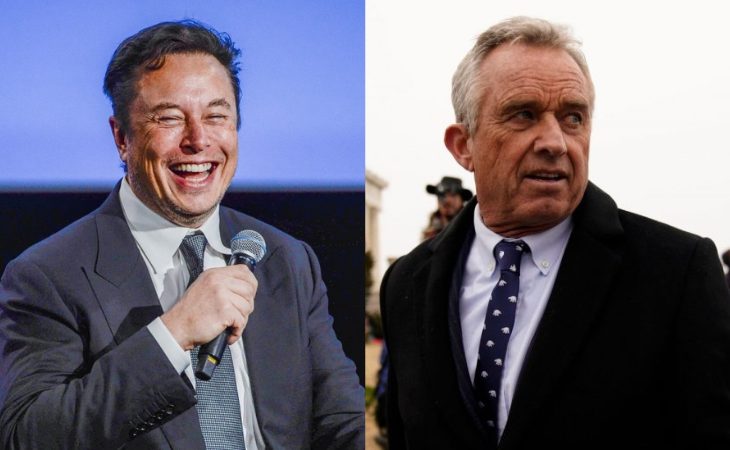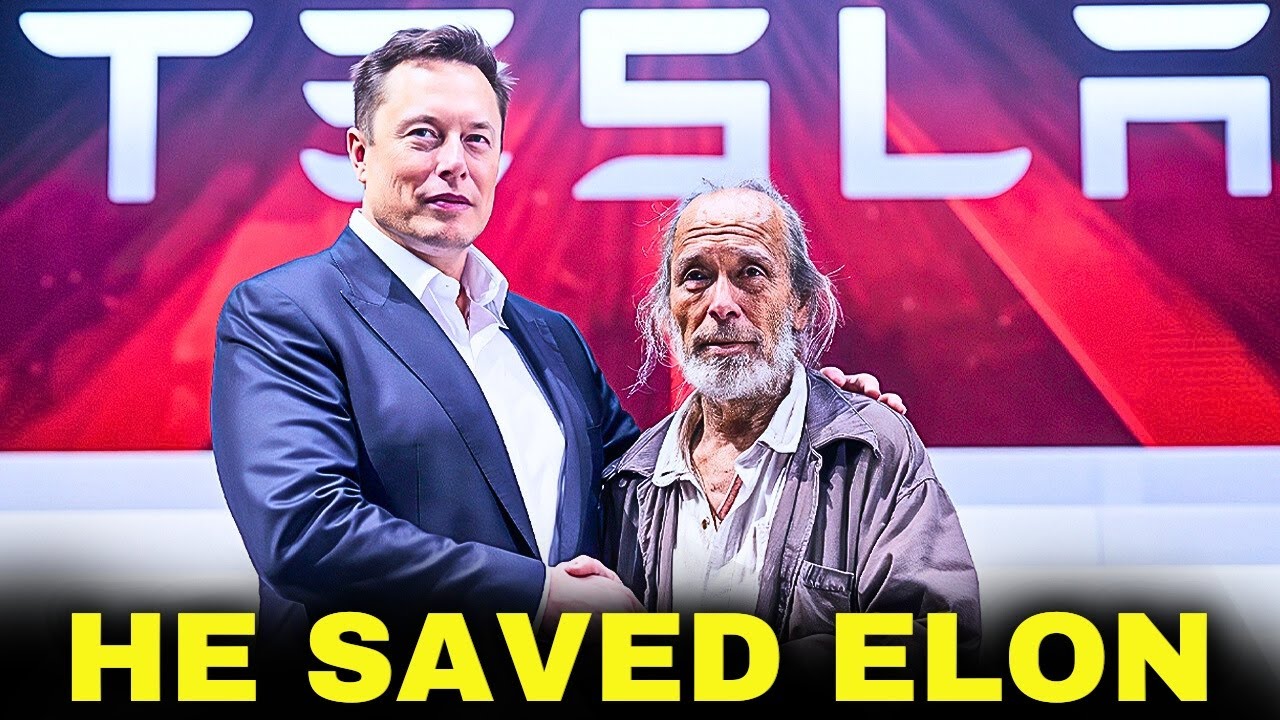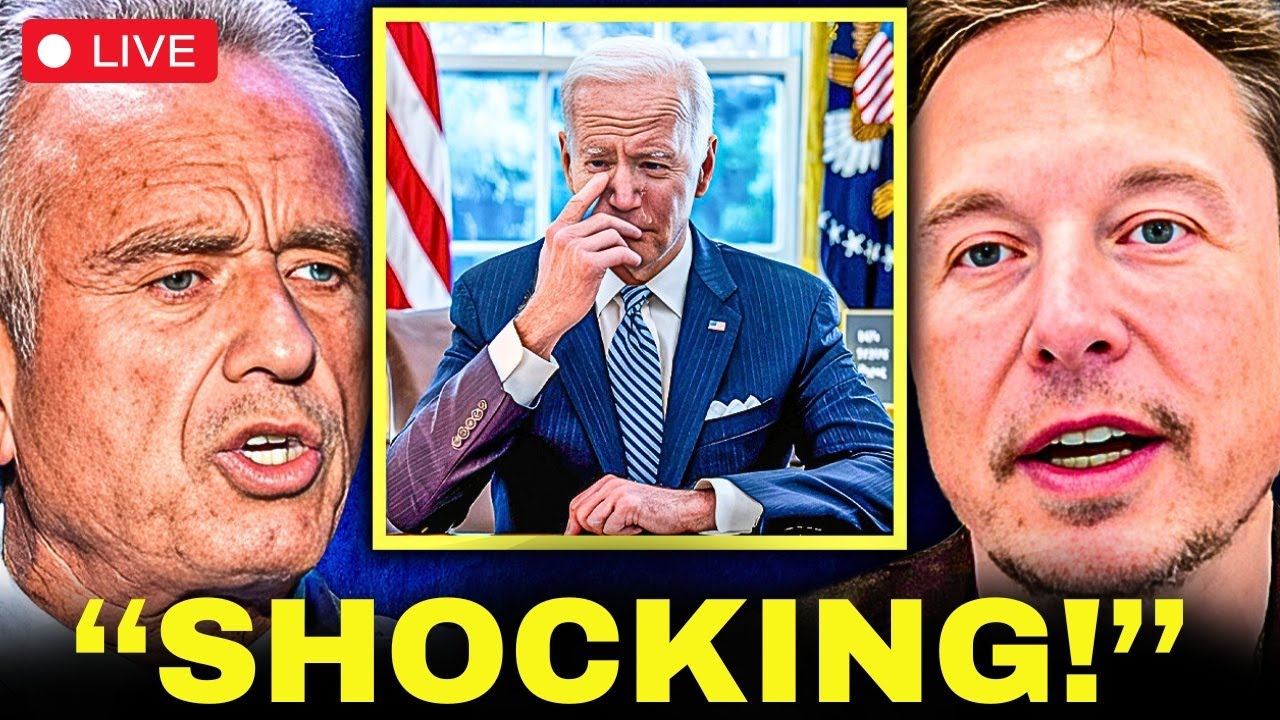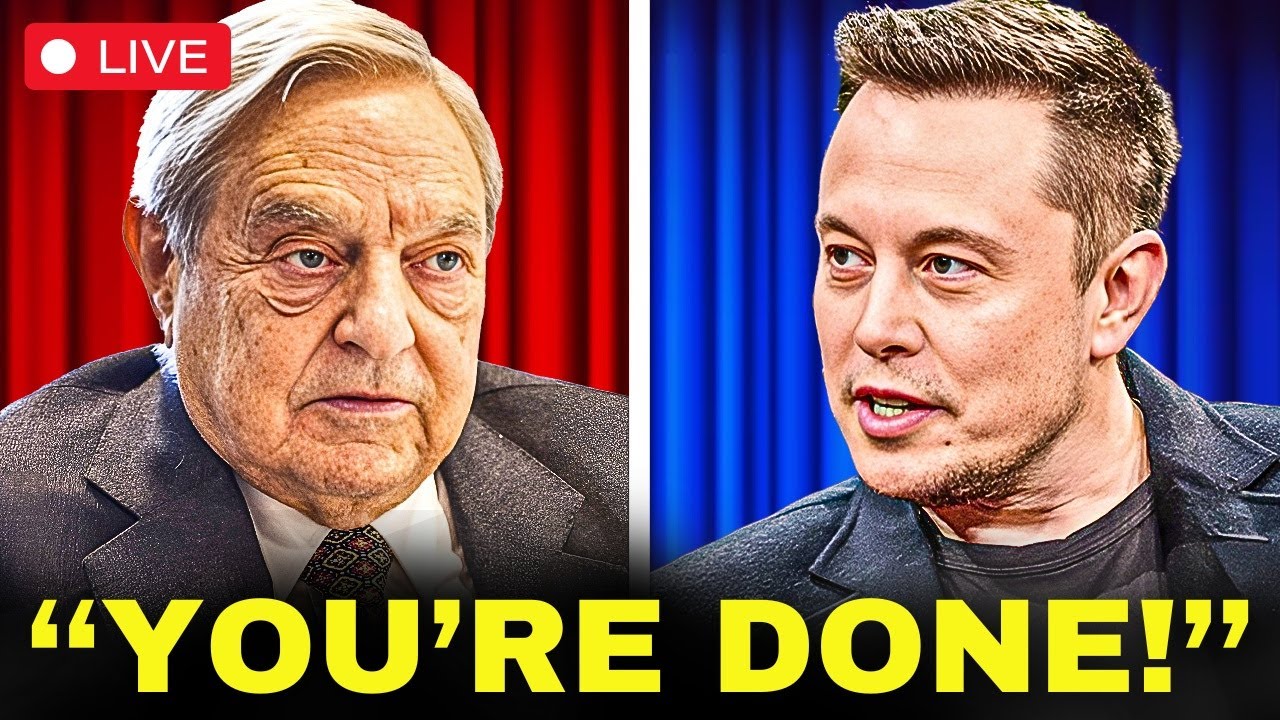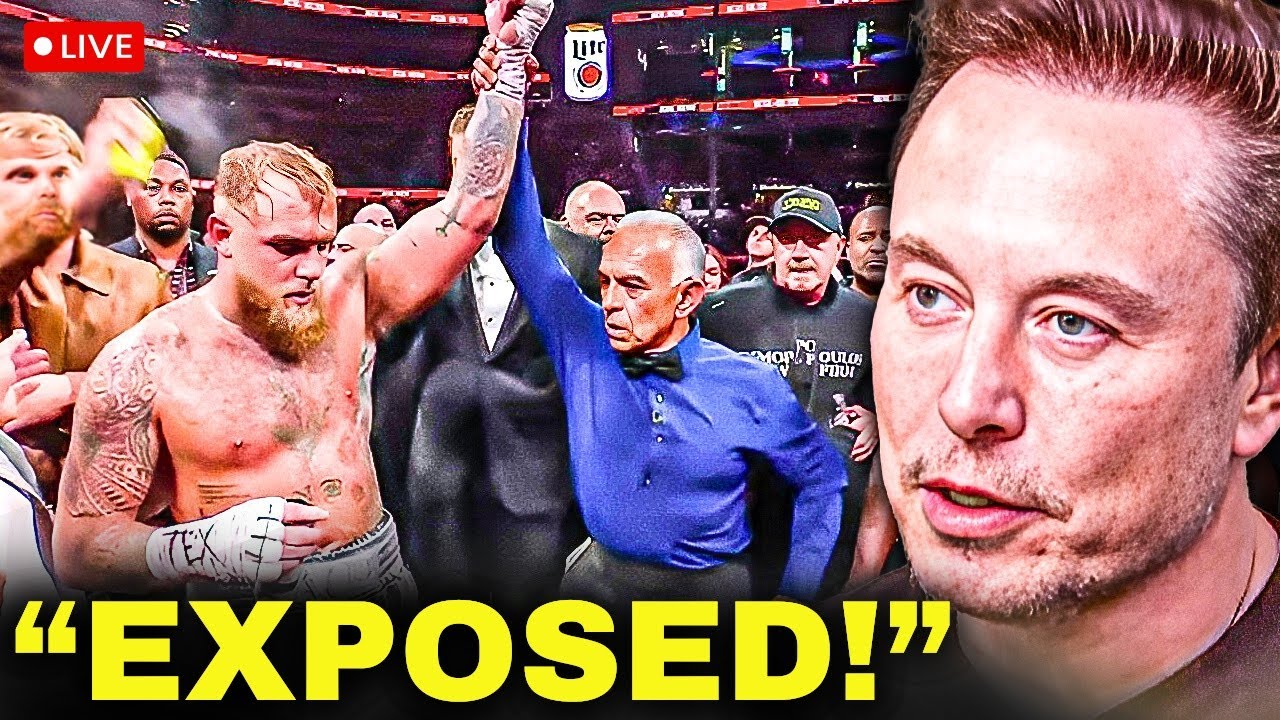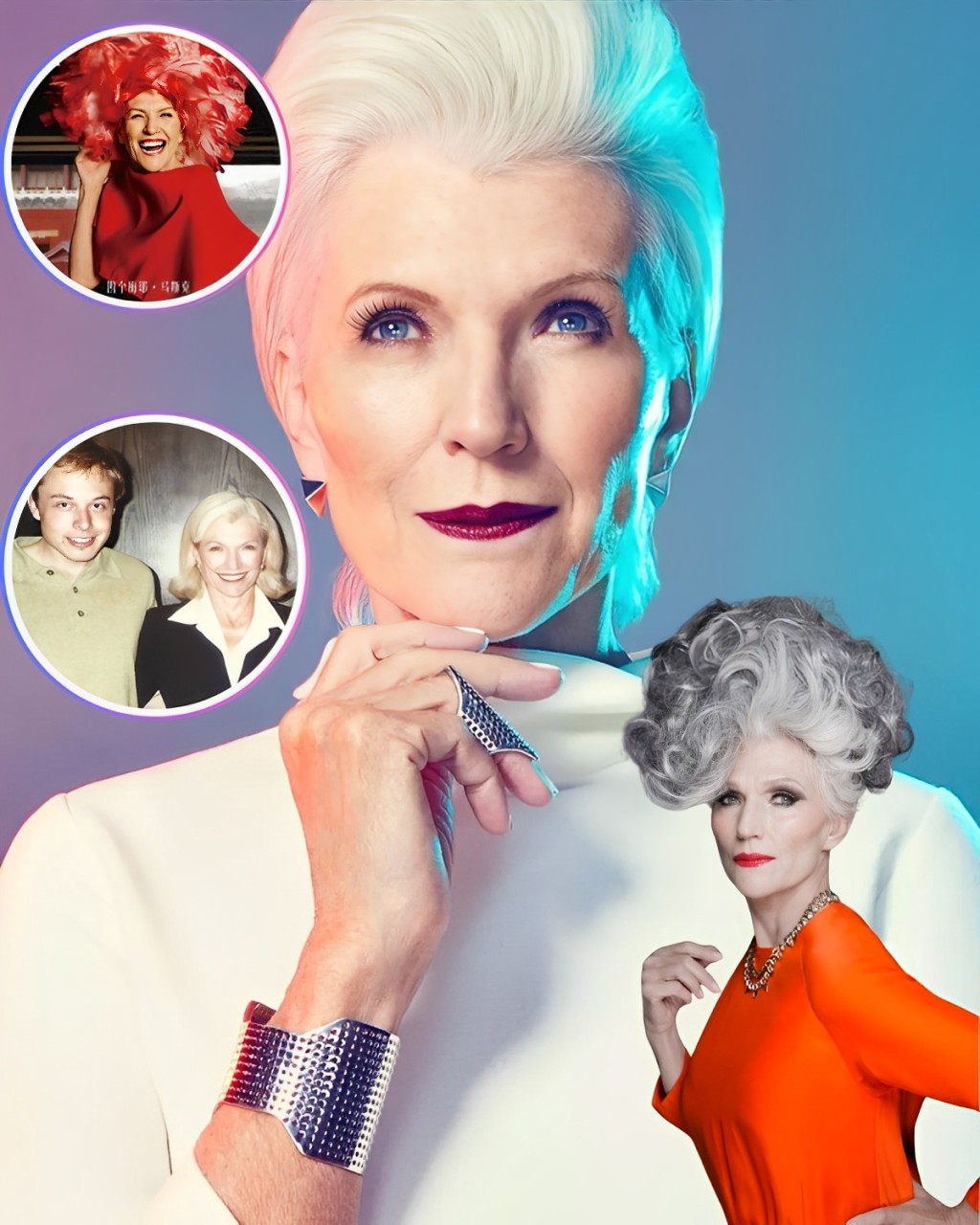Ezzard Mack Charles (July 7, 1921 – May 28, 1975), known as the Cincinnati Cobra, was an American professional boxer and world heavyweight champion, reigning from 1949 to 1951. Known for his slick defense and precision, Charles is often regarded as the greatest light heavyweight of all time, defeating numerous Hall of Fame fighters in three different weight classes.

Charles retired from a near two decade long career with a record of 95–25–1. He was posthumously inducted into the International Boxing Hall of Fame in the inaugural class of 1990.
Career
Charles was 𝐛𝐨𝐫𝐧 in Lawrenceville, Georgia, and grew up in Cincinnati, Ohio.[3] Charles graduated from Woodward High School in Cincinnati where he was already becoming a well-known fighter (greatly inspired by fighters Kid Chocolate and later Joe Louis).[4] Known as “the Cincinnati Cobra”, Charles fought many notable opponents in both the light heavyweight and heavyweight divisions, eventually winning the World Championship in the latter. Although he never won the Light Heavyweight title, The Ring has rated him as the greatest light heavyweight of all time.
Career beginnings and military service
Charles started his career as a featherweight in the amateurs, where he had a near perfect record (at one point 42-0 until a 1939 loss to Daniel Warren Eby). In 1938, he won the Diamond Belt Middleweight Championship. He followed this up in 1939 by winning the Chicago Golden Gloves tournament of champions. He won the national AAU Middleweight Championship in 1939.
Charles’ professional career began on March 12, 1940, knocking out Melody Johnson in the fourth round. Charles went undefeated in his first 17 fights before being defeated by former NYSAC middleweight champion Ken Overlin. Victories over future Hall of Famers Teddy Yarosz and the heavily avoided Charley Burley had started to solidify Charles as a top contender in the middleweight division, however, during World War II, Charles served in the U.S. military, which would eventually bring his career to a halt.
Return

Charles scores a left hook to the head of champion Joey Maxim
Upon his return from the war, Charles resumed his boxing career. He moved up in weight and went on to dominate the light heavyweight division, scoring many notable wins over leading light heavyweights, as well as heavyweight contenders including Archie Moore (three times), Jimmy Bivins (four times), Joey Maxim (five times) and Lloyd Marshall (twice). The hard hitting Elmer Ray delivered Charles his only loss following his return, which he later avenged.
Shortly after his knockout of Moore in their third and final meeting, tragedy struck. On February 20, 1948, Charles fought a young contender named Sam Baroudi, knocking him out in Round 10. Baroudi died of the injuries he sustained in this bout. Charles was so devastated by the incident that he nearly gave up fighting, but a need to provide for his family along with encouragement from Baroudi’s family convinced him to continue.
World heavyweight champion
Despite being the top contender for the light heavyweight title held by Gus Lesnevich, Charles was unable to secure a title shot and decided to move up to heavyweight. After knocking out Joe Baksi and Johnny Haynes, Charles won the recently vacated National Boxing Association world heavyweight title when he outpointed top heavyweight contender Jersey Joe Walcott over 15 rounds on June 22, 1949.

Charles (left) ducks under a right thrown by Joe Louis (right) during their 1950 title fight
Charles made three title defenses, all ending in knockout (including one over Lesnevich), before facing his idol and former heavyweight champion, Joe Louis, on September 27, 1950. Louis was quickly forced out of retirement due to troubles with the IRS, and at this stage in his career proved no match for the younger Charles, who dominated the fight and won a wide unanimous decision. Charles was now recognized as both the undisputed and Lineal world heavyweight champion.
For these achievements in such a short span of time, Charles was named Fighter of the Year twice consecutively in 1949 and 1950. Four more successful title defenses would follow against Nick Barone, Walcott, Lee Oma, and the new light heavyweight champion Joey Maxim.
Charles vs. Marciano
See also: Rocky Marciano vs. Ezzard Charles
On July 18, 1951, Charles made his ninth and final title defense in a third fight against Walcott. Having been defeated twice before, Walcott was a 9:1 underdog, but scored a major upset, knocking out Charles with a perfect left hook to the jaw in the seventh round. Charles fought a rematch with Walcott the following year, but lost a controversial decision in their fourth and final bout. If Charles had won this fight, he would have become the first man in history to regain the heavyweight championship. Remaining a top contender with wins over Rex Layne, Tommy Harrison and Coley Wallace, Charles scored a second-round knockout over Bob Satterfield in a heavyweight title eliminator bout on January 13, 1954. Charles was now next in line to challenge the new Heavyweight Champion: Rocky Marciano.
The two stirring battles between Charles and Marciano are regarded as ring classics. In the first bout, held in Yankee Stadium on June 17, 1954, he valiantly took Marciano the distance, going down on points in a vintage heavyweight bout. Charles is the only man ever to last the full 15-round distance against Marciano. Marciano won a unanimous decision. Referee Ruby Goldstein scored the bout 8-5-2 in rounds for the champion. Judge Artie Aidala scored the fight 9-5-1 while judge Harold Barnes’ tally was 8–6–1. In their September rematch, Charles landed a severe blow that actually split Marciano’s nose in half. Marciano’s cornermen were unable to stop the bleeding and the referee almost halted the contest until Marciano rallied with an eighth-round knockout. The fight was awarded The Ring’s 1954 Fight of the Year.
Later career
Unfortunately for Charles, like many boxers, financial problems forced him to continue fighting. Age and damage sustained during his career caused Charles to begin a sharp decline following his title fights, and lost 13 of his final 23 fights. Charles retired after his final bout on September 1, 1959. He retired with a record of 95-25-1 and scored 52 knockouts.
Fighting Style
“Ezzard Charles. Who else has been great in every division he fought in?” – James Toney
Ezzard Charles was one of the greatest ring technicians that ever laced on a pair of gloves. He could seamlessly blend between defence and offense and adapt on the fly.

Charles training for one of his title fights in 1950
Charles fought side on, leaning slightly to the right to take his head off the centre from the line of attack. This increases the distance the opponent’s punch has to travel as well, giving him more time to see punches coming. This ‘old-school’ stance was similar to those of Joe Louis, Charley Burley and Sandy Saddler. Charles parried with both of his hands and smothered opponents on the inside, even against larger men, he was fully capable of trapping the opponent’s glove to prevent them from punching on the inside. On the outside range, Charles would stalk his prey, circling leftwards and utilising his lightning-quick probing jab to attack both the head and body to properly gauge the opponent’s distance. In his prime, Ezzard would be exceedingly aggressive, often relying on his thunderous power and accuracy to win exchanges. However, some would note that after Sam Baroudi died of injuries during their 1948 fight, Charles is alleged to have become less aggressive and more cautious, although this theory is hotly debated.
Despite being best known for his counter-punching excellence, his varied s𝓀𝒾𝓁𝓁set and high ring intelligence allowed him to excel in many situations. These qualities allowed Charles (a natural middleweight) to triumph against the tough light-heavyweights and heavyweights of the talent-rich 1940s.
Personal
Charles was married to Gladys Charles, the couple had three 𝘤𝘩𝘪𝘭𝘥ren, Ezzard Junior, Deborah and Leith. Charles enjoyed jazz and played a variety of instruments throughout his life. He also spoke fluent Italian, even holding a short conversation with Rocky Marciano in Italian during a televised interview shortly before their first fight. After his title fights, Charles became very close with Rocky Marciano and later was a neighbor and friend of Muhammad Ali when they both lived on 85th Street in Chicago (later in life when Charles suffered from financial difficulties and illness, both men along with other boxing celebrities hosted a fundraiser on his behalf). Charles also starred in one motion picture: Mau Mau Drums, an independent (and unreleased) jungle-adventure film shot in and around Cincinnati in 1960 by filmmaker Earl Schwieterman.
Death

Charles’s grave at Burr Oak Cemetery
In 1968, Charles was diagnosed with amyotrophic lateral sclerosis, also known as Lou Gehrig’s disease. The disease affected Charles’ legs and eventually left him completely disabled. A fund raiser was held to assist Charles and many of his former opponents spoke on his behalf. Rocky Marciano in particular called Charles the bravest man he ever fought. The former boxer spent his last days in a nursing home. A chilling 1973 commercial showed Charles in his wheelchair horribly disabled by ALS.[16] Charles died on May 28, 1975, in Chicago.[17] He was buried at Burr Oak Cemetery in Alsip, Illinois.
Legacy
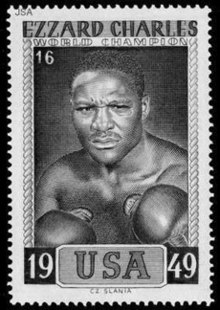
Commemorative stamp honoring Charles
In 1976, Cincinnati honored Charles by changing the name of Lincoln Park Drive to Ezzard Charles Drive. This was the street of his residence during the height of his career.
In 2002, Charles was ranked No. 13 on The Ring magazine’s list of the 80 Best Fighters of the Last 80 Years.
In 2006, Ezzard Charles was named the 11th greatest fighter of all time by the IBRO (International Boxing Research Organisation).
The “Cincinnati Cobra” was a master boxer of extraordinary s𝓀𝒾𝓁𝓁 and ability. He had speed, agility, fast hands and excellent footwork. Charles possessed a masterful jab and was a superb combination puncher. He was at his peak as a light-heavyweight. His record is quite impressive. Against top rate opposition like Archie Moore, Charley Burley, Lloyd Marshall, Jimmy Bivins, and Joey Maxim he was an impressive 16-2 combined. Despite being a natural light-heavy he won the heavyweight title and made 9 successful title defenses. Nearly 25% of voters had Charles in the top 10. Half of the voters had him in the top 15. Two thirds of voters had him inside the top 20.
Muhammad Ali said in his own autobiography:
“Ezzard Charles was a truly great fighter and champion. He was the only heavyweight champion, other than a young Sonny Liston, who I think would have really troubled me at my best.”
In 2007, ESPN online ranks Ezzard Charles as the 27th greatest boxer of all time, ahead of such notable fighters as Mike Tyson, Larry Holmes and Jake LaMotta.
In 2009, Boxing magazine listed Ezzard Charles as the greatest Light Heavyweight fighter ever, ahead of the likes of Archie Moore, Bob Foster, Michael Spinks and Gene Tunney.

Ezzard Charles Park in Cincinnati
In 2022, a statue honoring Ezzard Charles was unveiled in the former Laurel Park in the West End neighborhood of Cincinnati. The park was renamed to Ezzard Charles Park alongside the unveiling of the statue.
Prominent boxing historian Bert Sugar listed Charles as the seventh greatest Heavyweight of all time.
